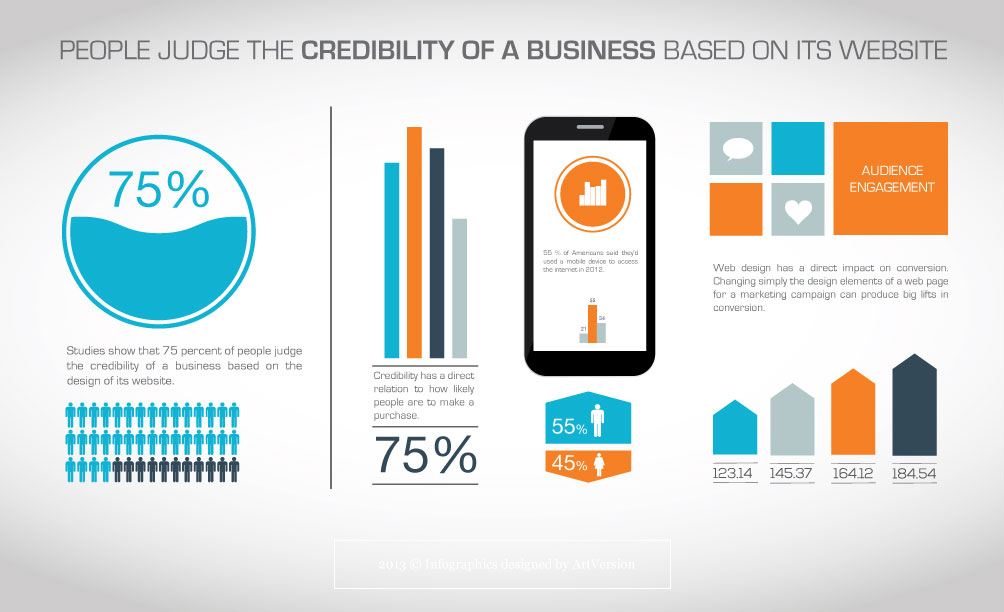Interested In Discovering Just How Site Style Has Advanced? Take A Journey With The Makeover
Interested In Discovering Just How Site Style Has Advanced? Take A Journey With The Makeover
Blog Article
Short Article By-Kinney Peters
In the past, websites were easy and concentrated on information. Navigation was straight, and layout was for desktop computers. Now, user experience is essential. Data overviews layouts for very easy navigation. Receptive designs fit different gadgets. Today, dark setting reduces strain, and minimalist menus boost navigating. Interactive features engage customers, and vibrant visuals stand apart. AI combination enhances engagement. See exactly how design has advanced to enhance your on the internet trip.
Early Days of Website Design
In the early days of website design, simpleness preponderated. Websites were standard, with limited colors, fonts, and designs. The focus was on supplying details as opposed to fancy visuals. Users accessed the net with slow-moving dial-up links, so rate and functionality were essential.
Navigation menus were straightforward, commonly located on top or side of the web page. Web sites were developed for computer, as mobile surfing had not been yet common. Web content was king, and designers prioritized very easy readability over complex style components.
HTML was the main coding language used, and designers needed to work within its restrictions. view website and interactive functions were very little contrasted to today's standards. Internet sites were fixed, with little dynamic material or personalized individual experiences.
Rise of User-Focused Style
With the evolution of web site design, a shift towards user-focused style concepts has become significantly prominent. Today, creating internet sites that prioritize customer experience is crucial for involving visitors and achieving organization objectives. User-focused layout includes recognizing the demands, choices, and behaviors of your target audience to tailor the web site's design, content, and includes accordingly.
Designers currently conduct extensive research, such as user surveys and functionality testing, to gather understandings and feedback directly from individuals. This data-driven strategy aids in developing user-friendly navigation, clear calls-to-action, and visually enticing user interfaces that resonate with site visitors. By placing the individual at the center of the design process, websites can deliver a much more personalized and enjoyable experience.
Receptive design has also become a crucial element of user-focused design, ensuring that sites are enhanced for various devices and display dimensions. mouse click the next internet page improves availability and usability, dealing with the varied means users interact with websites today. Fundamentally, the surge of user-focused style signifies a shift in the direction of developing electronic experiences that prioritize the requirements and assumptions of the end individual.
Modern Trends in Web Design
Discover the latest trends shaping website design today. One noticeable pattern is dark mode style, using a smooth and contemporary look while decreasing eye strain in low-light atmospheres. Another key pattern is minimal navigation, streamlining menus and boosting user experience by focusing on essential elements. Including micro-interactions, such as animated switches or scrolling effects, can produce a much more appealing and interactive web site. Responsive style continues to be crucial, making sure seamless individual experiences across various tools. Furthermore, utilizing bold typography and asymmetrical layouts can add visual rate of interest and accentuate specific web content.
Integrating AI innovation, like chatbots for customer assistance or individualized referrals, enhances user involvement and improves procedures. Access has also come to be a considerable trend, with developers prioritizing inclusive layout methods to accommodate varied user demands. Accepting sustainability by maximizing website performance for speed and performance is one more arising trend in web design. Collaborating with user feedback and information analytics to iterate and boost layout continually is important for staying appropriate in the ever-evolving electronic landscape. By accepting these contemporary fads, you can create a visually appealing, straightforward website that resonates with your audience.
Conclusion
As you review the advancement of web site style from the early days to currently, you can see exactly how user-focused design has actually become the driving force behind modern trends.
Embrace the journey of change and adaptation in web design, constantly maintaining the customer experience at the forefront.
Tippingpointdigital
Keep current with the most recent patterns and innovations, and never quit advancing your technique to produce visually magnificent and user-friendly sites.
Advance, adapt, and develop - the future of website design is in your hands.
